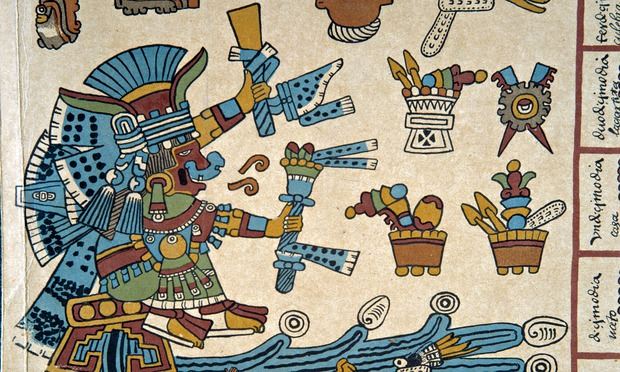Aztec manuscript under the microscope

*Some experts believe the codex dates back to 1507. Studies have begun in France to find if it’s a genuine pre-hispanic artifact. VL
By The Guardian
It was May 1826 and France was celebrating the first anniversary of the coronation of Charles X. French troops had occupied Spain; Mexico had gained its independence and Latin America was in turmoil. But, sitting in his office in the library of the National Assembly, deputy-curator Pierre-Paul Druon was feeling pleased. For the past 30 years this former Benedictine monk had laboured to track down rare works and add them to the 12,000 items inherited from the French Revolution and now entrusted to parliament. Never before had he had the opportunity to acquire such a treasure, even if the source of the Nahuatl manuscript he purchased for 1,300 gold francs at auction was unknown and two of its pages were missing. He was, nevertheless, convinced of its worth.
The document, in its present state, is 14 metres long, comprising 36 fan-folded sheets, each 39 sq cm. It details the cycles of two calendars, one divinatory, the other solar, used by the Aztecs before the Spanish conquest led by Hernán Cortés in 1519. It represents several hundred brightly coloured figures and creatures, each of particular significance.
Click HERE to read the full story.
[Photo courtesy of The Guardian]
